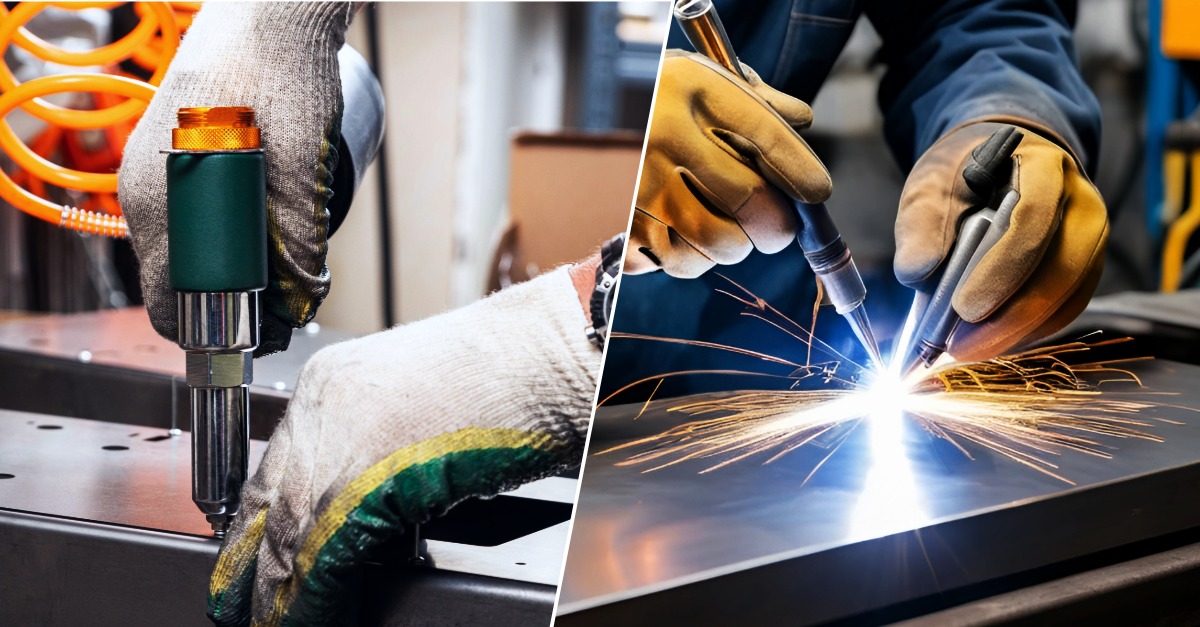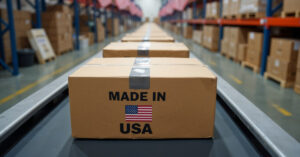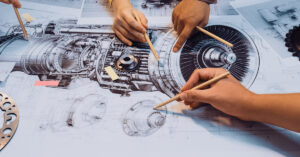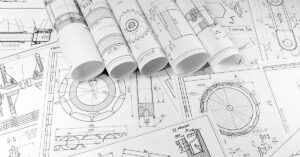
Introduction: Why the Joining Method Matters
In sheet metal fabrication, the choice of joining method is more than a manufacturing detail—it directly affects structural performance, service life, and production cost. Two of the most common methods are riveting and welding.
- Riveting: A mechanical fastening method where rivets are driven through pre-drilled holes to clamp sheet metal layers together.
- Welding: A metallurgical joining process that fuses metals with heat (or pressure) to create a continuous, often permanent bond.
Both methods are time-tested, but which is best for your application? Let’s break it down.
Riveting vs Welding: Side-by-Side Comparison
| Factor | Riveting | Welding |
|---|---|---|
| Material Compatibility | Joins dissimilar or heat-sensitive metals without distortion | Best for similar metals (steel, stainless, aluminum) but may distort thin or coated sheets |
| Strength & Integrity | Strong in shear loads; maintains base metal properties | Strong in tensile and shear; welds can equal or exceed base material strength |
| Weight | Adds weight due to rivet hardware | No added hardware; typically lighter |
| Sealing | Not airtight/watertight without sealants | Excellent for airtight/watertight joints (tanks, pressure vessels) |
| Inspection & Maintenance | Easy to inspect visually; rivets can be replaced individually | Welds may require NDT (non-destructive testing); difficult to disassemble |
| Labor & Cost | Requires less skill; faster in high-volume assembly | Requires skilled operators; higher equipment and training costs |
| Aesthetics | Visible rivet heads | Smooth, flush finish |
Key Considerations When Determining Riveting vs Welding for Your Sheet Metal Application
Strength & Structural Integrity
Choosing between riveting vs welding starts with load cases and material behavior.
- Riveting excels in applications subject to vibration (aerospace, transportation) because riveted joints distribute stress and allow inspection/replacement without damaging the parent material.
- Welding produces higher static strength and is ideal for permanent assemblies like frames, tanks, and structural components. However, the heat-affected zone (HAZ) can alter material properties, increasing the risk of distortion or cracking in sensitive alloys.
Cost & Efficiency Analysis
Decide riveting vs welding based on build volume, skill mix, takt time, and lifecycle service strategy.
- Riveting: Low-cost equipment, minimal operator training, and rapid cycle times. Efficient for large assemblies with repetitive, standardized joints (e.g., aircraft fuselage panels).
- Welding: Higher equipment costs (power supplies, shielding gas, fixtures) and requires skilled welders. Best for low-to-medium volume production where permanent strength outweighs cost considerations.
Maintenance & Disassembly
Match the joint to the expected service interval and access method.
- If your assemblies will undergo routine service or modular upgrades, riveting provides a clear advantage. Removing and replacing a rivet is straightforward.
- Welding, however, results in permanent joints. Any rework usually requires cutting or grinding, which can compromise the integrity of components.
Riveting vs Welding Applications at a Glance
| Industry | Preferred Method | Example Applications | Why This Method Works |
|---|---|---|---|
| Aerospace | Riveting | Aircraft fuselage skins, wing panels, structural joints | Rivets resist vibration, allow inspection, and join dissimilar alloys without heat distortion. |
| Automotive & EVs | Both | Spot-welded chassis, battery enclosures, lightweight aluminum body panels | Welding for strength in frames; riveting for mixed-material panels and serviceable components. |
| Industrial Machinery | Welding | Machine frames, enclosures, guards, and fluid-handling equipment | Welded joints provide rigidity, stability, and leak-proof containment under dynamic loads. |
| Defense & Military | Riveting | Vehicle armor plating, aircraft components, field-serviceable assemblies | Rivets enable durability in harsh environments and allow modular field repair. |
| Medical Equipment | Welding | Hospital carts, surgical tables, diagnostic imaging housings | Welding delivers smooth, cleanable surfaces and permanent structural stability. |
| Construction Equipment | Welding | Structural steel weldments, excavator arms, support frames | Requires high-strength, permanent joints with resistance to shock loading. |
| Energy & Power Systems | Welding | Generator housings, pressure vessels, heat exchangers | Welded assemblies provide pressure integrity, sealing, and structural performance. |
| Robotics & Automation | Both | Lightweight robotic arms (riveted), welded control cabinets | Riveting for modularity and weight savings; welding for rigidity and enclosure sealing. |
| Consumer Goods | Welding | Appliances, furniture frames, outdoor equipment | Welding offers sleek aesthetics and corrosion-resistant joints |
| Marine & Offshore | Welding | Ship hulls, bulkheads, subsea equipment housings | Welding ensures watertight, corrosion-resistant performance. |
Making The Decision: Riveting vs Welding
The choice ultimately comes down to project requirements:
- Choose riveting if:
- You are joining thin, dissimilar, or heat-sensitive metals
- The assembly will require inspection, service, or modular replacement
- Vibration resistance is critical
- Choose welding if:
- You need maximum structural strength
- The joint must be airtight/watertight
- A permanent, seamless appearance is required
When it comes to riveting vs welding, there’s no universal winner—only the right fit for your design, budget, and performance needs. Understanding the trade-offs in strength, cost, maintenance, and material compatibility will ensure your sheet metal assemblies are built to perform and last.
Pro Tip for Engineers & Buyers: Always evaluate both short-term fabrication efficiency and long-term maintenance requirements before choosing your joining method.








